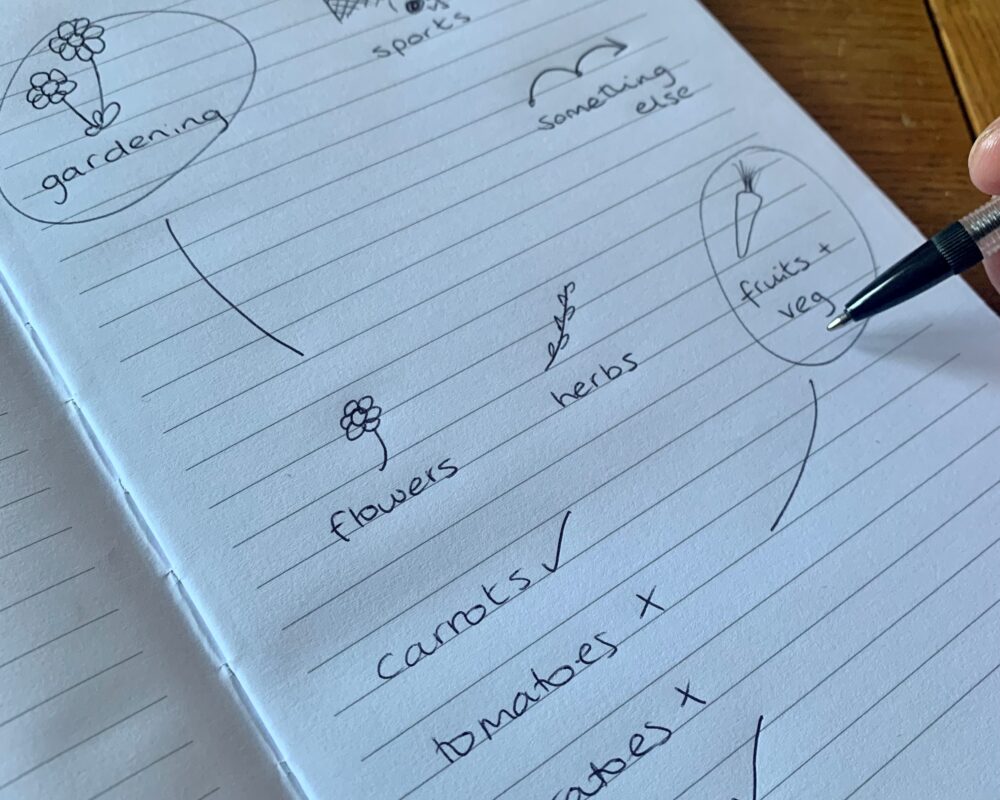“Supported conversation” is a technique using a variety of communication strategies to maximise someone’s ability to fully participate in a conversation. It can be used with all sorts of people with all sorts of abilities, so just give it a go if you think it will be helpful. It’s especially useful for people with aphasia. It’s all about using everything we can to help people to follow conversations and voice their opinions.
Aids that can support conversation:
- A pen and paper
- A small white board and board marker
- Newspapers
- Magazines
- Alphabet chart
- Photographs
- Objects from around the environment
- A map
- A smart phone or tablet
- Gestures and facial expressions
How to get started:
A pen and paper is the only thing you really need, but the above aids can be a huge help as well. Always assume competence and that the person can participate in the conversation given the right support. Start from a place of assuming that what the person is doing or saying is meaningful (even if you are not sure if it is) and see where it goes, unless this causes them to be frustrated or confused.
Start by picking a topic by:
Asking the person what they would like to talk about
See if they can write it, say it, point to it, show it, gesture it or spell it
Giving the person written options and reading them out
Drawing out or showing pictures of options and reading them out
Encourage the person to point to, look at or say which option they would like to talk about
Introducing a topic you think they might like by writing or drawing it out

- Give the person plenty of time to think and communicate their input – try not to interrupt with lots of guesses or by changing the topic
- Ask the person to let you know if they would like your help with communicating before just jumping in
- Acknowledge that communication can be difficult at times, but try to fix them any way you can
- Use clear and concise language and write down key words as you go
- Show the person objects, pictures, newspapers, magazines or hand drawings that are relevant to the topic as talking points
- Check back with the person e.g. “Oh interesting, so I think you’ve just told me that you used to garden, but you don’t any more, is that right?”
- Recap the conversation as you go “So you used to garden and even had your own allotment round the corner in Prenton where you grew carrots and Marrows – amazing I bet they were tasty!”
- Ask yes/no or this/that questions to clarify what you think the person is saying
- If you’re not sure what the person is telling you, tell them you’re not sure and then encourage them to point to something relevant e.g. a photo, write it down, spell it out on an alphabet chart, show you on a map etc.
- Remember conversation is a 2 way process and it doesn’t have to be an “interview” of the person – give them information back and write down key words, show them photos or draw a picture of what you are telling them
- Acknowledge communication successes and celebrate them
Have fun giving supported conversation a go and if you need any help with making it even more successful, then please do contact us.
The Stroke Association have lots of great information on communication supports if you’re keen to learn more https://www.stroke.org.uk/what-is-aphasia/communication-tools.




